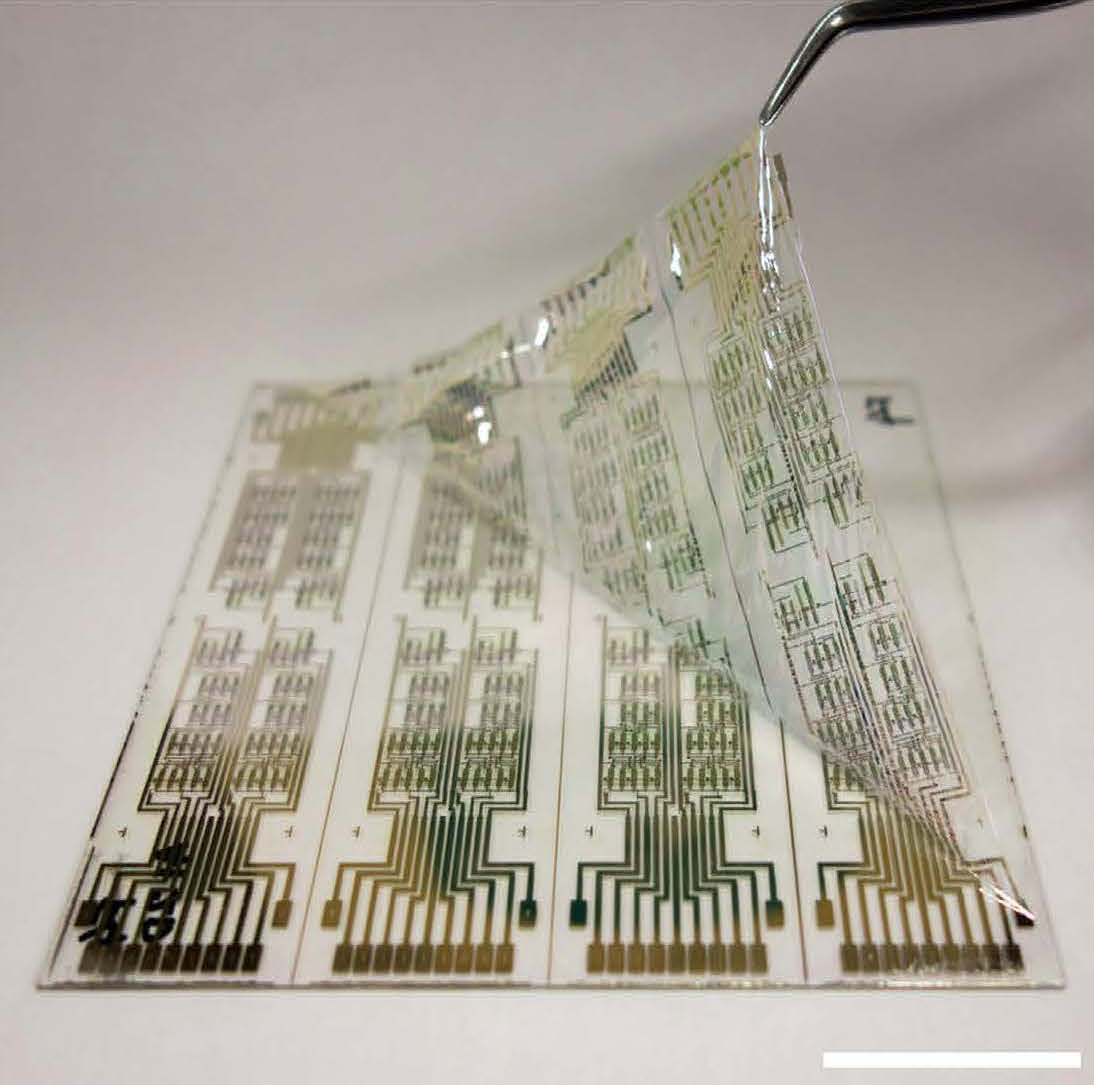Printed Electronics: From Smart Packaging to Flexible Solar Cells
What is Printed Electronics?
Printed electronics is an innovative technology that involves the printing of electronic devices and circuits onto various substrates using conductive inks or pastes. This approach offers a cost-effective, scalable, and flexible alternative to traditional electronic manufacturing methods, enabling the creation of lightweight, thin, and even stretchable electronic components.

Key Principles of Printed Electronics
Printed electronics relies on several key principles that distinguish it from conventional electronic manufacturing:
- Additive Manufacturing: Printed electronics employs additive manufacturing techniques, such as screen printing, inkjet printing, and gravure printing, to deposit conductive materials onto substrates. This approach minimizes material waste and enables the creation of complex patterns and structures.
- Functional Inks: The inks used in printed electronics contain conductive, semiconductive, or dielectric materials, such as metal nanoparticles, conductive polymers, graphene or carbon nanotubes. These inks are formulated to achieve the desired electrical and mechanical properties of the printed components.
- Flexible Substrates: Printed electronics can be applied to a wide range of substrates, including flexible plastics, paper, textiles, and even stretchable elastomers. This flexibility allows for the creation of conformable and wearable electronic devices that can adapt to various shapes and surfaces.
Applications of Printed Electronics
Printed electronics has a diverse range of applications across various industries, including:
Flexible Displays
Printed electronics enables the fabrication of flexible and bendable displays for smartphones, tablets, and wearable devices. By printing conductive traces and active components onto flexible substrates, manufacturers can create lightweight and durable displays that offer enhanced user experiences.
Wearable Electronics
Printed electronics is a key enabler for the development of wearable devices, such as smart clothing, fitness trackers, and health monitoring systems. By integrating printed sensors, antennas, and interconnects into fabrics or stretchable materials, researchers can create comfortable and unobtrusive wearable devices that seamlessly integrate with the human body.
Intelligent Packaging
Printed electronics can revolutionize the packaging industry by incorporating smart features into product packaging. By printing sensors, displays, and NFC tags onto packaging materials, manufacturers can create interactive and informative packaging that enhances customer engagement and provides real-time product information.
Medical Diagnostics
Printed electronics is being explored for the development of low-cost and disposable medical diagnostic devices, such as biosensors and lab-on-a-chip systems. By printing electrodes, microfluidic channels, and biorecognition elements onto paper or plastic substrates, researchers can create portable and user-friendly diagnostic tools for point-of-care testing and personalized medicine.
Energy Applications
Printed electronics has the potential to transform the energy sector by enabling the fabrication of flexible and lightweight solar cells, batteries, and supercapacitors. By printing active materials and electrodes onto flexible substrates, researchers can create cost-effective and scalable energy harvesting and storage devices that can be integrated into various surfaces and structures.
Automotive Industry
Printed electronics is finding applications in the automotive industry, particularly in the development of smart sensors, touch interfaces, and lighting systems. By printing sensors and conductive traces onto flexible substrates, manufacturers can create lightweight and conformable electronic components that can be seamlessly integrated into the interior and exterior of vehicles, enhancing safety, comfort, and user experience.
Challenges and Future Perspectives
Despite the significant progress in printed electronics, several challenges still need to be addressed for its widespread adoption. One of the main challenges is the optimization of ink formulations and printing processes to achieve high-performance and reliable printed components. Additionally, the development of standardized testing and characterization methods is crucial for ensuring the quality and reproducibility of printed electronics.
Future research in printed electronics will focus on the development of novel functional materials, such as high-conductivity inks, stretchable conductors, and biodegradable substrates. The integration of printed electronics with other emerging technologies, such as the Internet of Things (IoT) and artificial intelligence (AI), will open up new opportunities for smart and connected devices. Furthermore, the scalability and mass production of printed electronics will be key factors in driving its commercialization and widespread adoption.
As printed electronics continues to evolve and mature, it has the potential to revolutionize various industries, from consumer electronics and healthcare to energy and transportation. The ability to create low-cost, flexible, and customizable electronic devices using additive manufacturing techniques will enable the development of innovative products and applications that were previously unimaginable. The future of printed electronics is bright, and it is poised to play a significant role in shaping the world of electronics in the years to come.
Further Reading
Nanomaterials, A Comprehensive Review on Printed Electronics: A Technology Drift towards a Sustainable Future
Journal of Manufacturing and Materials Processing, A Review on Printed Electronics: Fabrication Methods, Inks, Substrates, Applications and Environmental Impacts
Advanced Functional Materials, Advances in Printing and Electronics: From Engagement to Commitment
